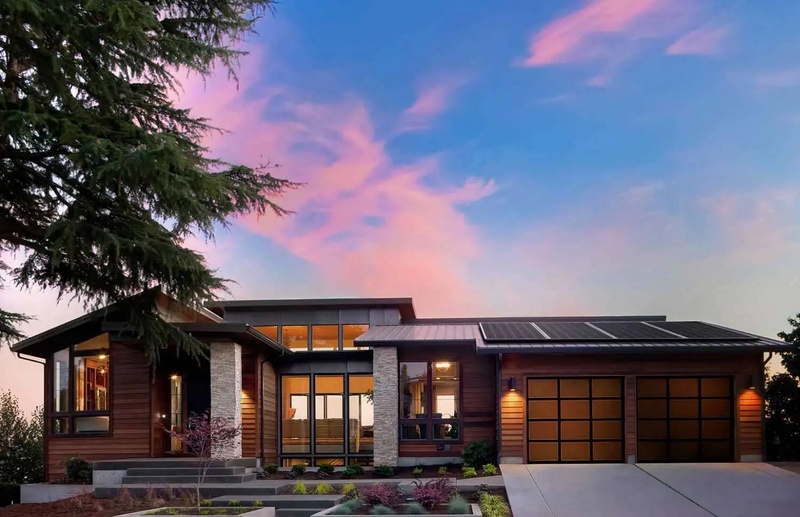September 26 NEC Energy News
¶ “East Bay Customers Support California’s Grid During Extreme Heat Wave Through Innovative Program” • East Bay Community Energy and Sunrun have been installing solar + battery systems in California. Systems in EBCE’s Resilient Home Program gave critical emergency energy support to stave off rolling blackouts during California’s Flex Alerts. [CleanTechnica]

¶ “US Partnerships Boost Development Of Hydrogen Economy” • Argonne National Laboratory has teamed up with Constellation Energy Corp to develop projects, with one focusing on hydrogen production from nuclear power plants, while Bloom Energy and Excel Energy have announced plans for hydrogen production at a nuclear plant in Minnesota. [Eurasia Review]
(I think they are looking for ways to continue operation of nuclear plants in a market where nuclear can’t compete. GHH)
¶ “Corporate Demand Drives New Renewable Energy Projects Across Michigan” • Through voluntary “green pricing” programs created under 2016 statewide energy reforms, utilities regulated by the Michigan Public Service Commission have reported exponential growth in the amount of customer-purchased renewable energy. [MiBiz]
“NGK Is To Supply Sakuú With Ceramics For Solid-State Batteries” • Sakuú, based in California, has novel methods of 3D printing. NGK is a Japanese company with expertise in ceramics. They will collaborate to develop 3D-printed solid-state batteries. Sakuú says the batteries are 50% smaller, 30% lighter, and less expensive than lithium-ion batteries. [CleanTechnica]

¶ “Volkswagen Subsidiary Elli Enters Partnership To Integrate EVs Into Grid” • Some recent news from Volkswagen shows us that using EVs to stabilize the grid is far from being a dream. Elia Group, re.alto, and Elli agreed to undertake joint activities with the aim of illustrating the benefits of e-vehicles integrating into the electricity system. [CleanTechnica]
¶ “Florida officials urge residents to prepare for Tropical Storm Ian” • Floridians are bracing for Tropical Storm Ian, which is expected to rapidly intensify before hitting western Cuba with threats of strong winds and storm surge as high as 9 to 14 feet, according to the National Hurricane Center. It is too early to know where it will make US landfall. [CNN]
For more news, please visit geoharvey – Daily News about Energy and Climate Change.
